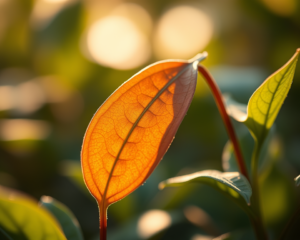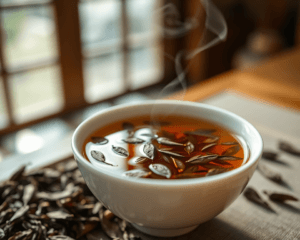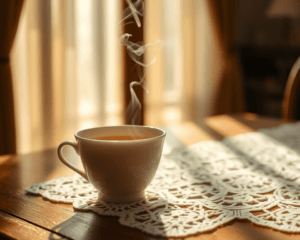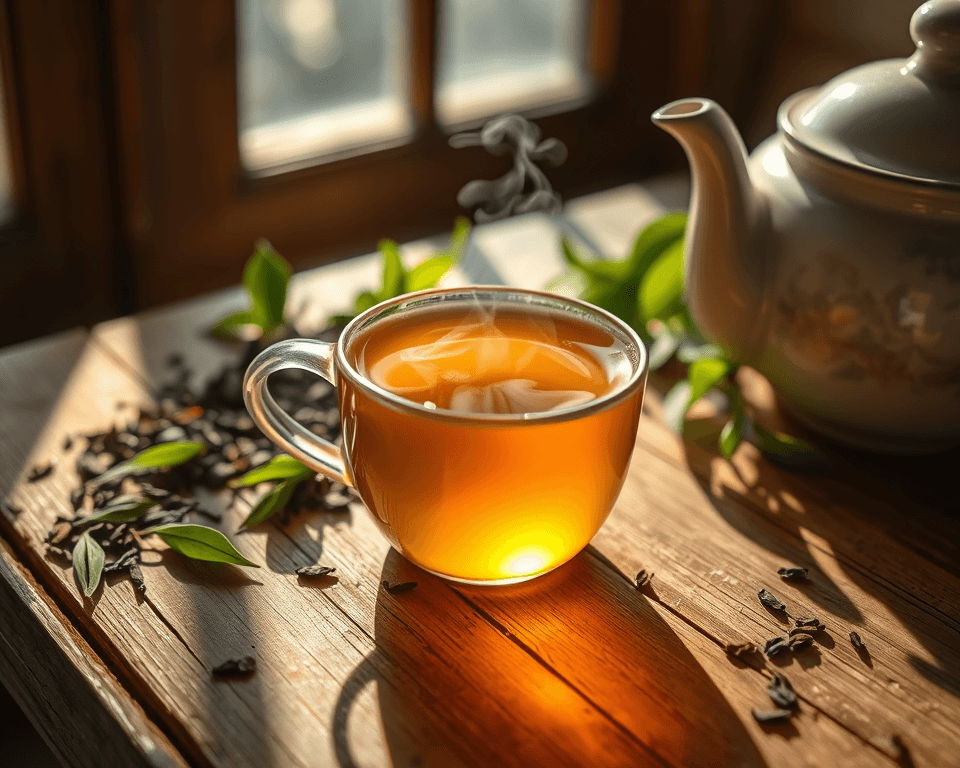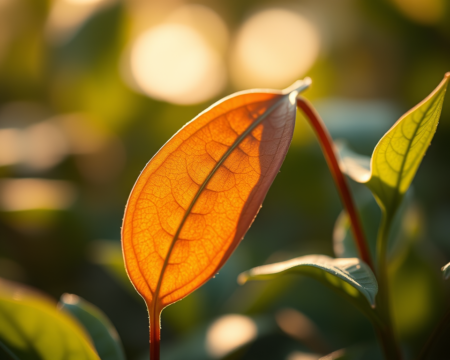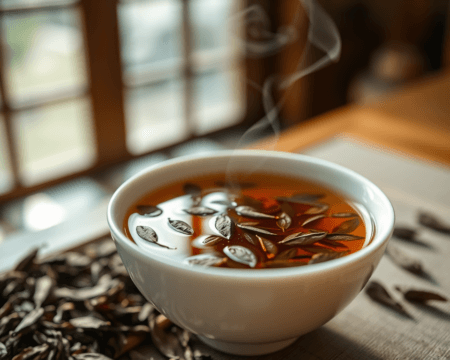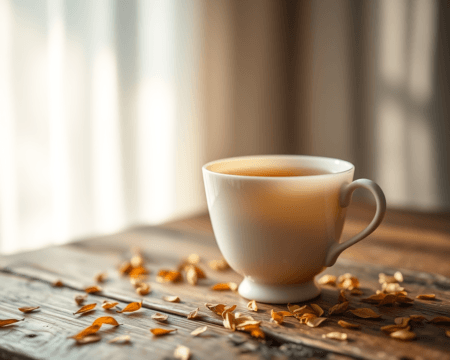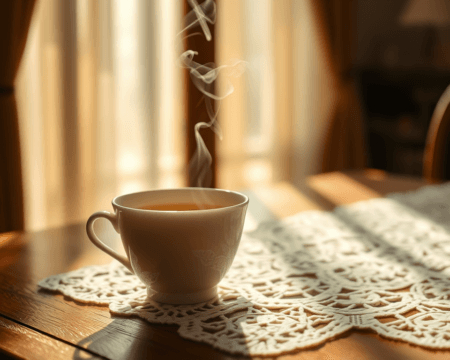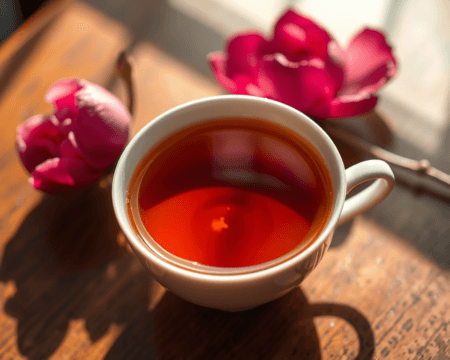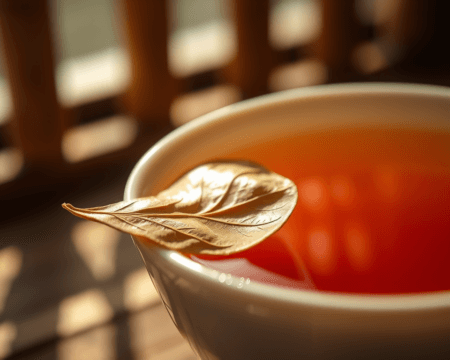Are you a tea lover? If you’re anything like me, nothing beats that first sip of perfectly brewed tea. But what happens when your favorite leaves go stale? Spoiler alert: you’re in for a not-so-pleasant experience. Understanding tea expiration isn’t just a knack; it’s an art. We’ll cut through the noise and give you real insights on how to keep your tea game strong.
Key Takeaways
- Different teas have varying shelf lives—green tea can go stale faster than black tea.
- Proper storage is crucial to maintain freshness—keep your tea in an airtight container!
- Know the signs of expired tea: aroma loss and color change are big red flags.
- Misconceptions about tea expiration can lead to wasted money and bad brews.
The Shelf Life of Different Types of Tea
You might think that tea can sit around forever, but trust me—it doesn’t work like that. Each variety of tea has its own unique expiration timeline. Let’s break it down.
Green Tea
Let’s kick things off with green tea, the darling of the health world. With its antioxidants and lively flavor, it’s a go-to for many enthusiasts. Here’s the kicker: green tea has a shorter shelf life—typically 6 months to 1 year if stored correctly.
Why? As it ages, the freshness of green tea can decline rapidly. The effects of aging are real; you might find that vibrant, grassy taste turns into something dull and lackluster over time. If you’re going for loose leaf green tea, look for high-quality options like Sencha or Dragon Well.
When storing green tea, remember to keep it in a cool, dark place away from light and moisture. An airtight container is a must. Trust me, your taste buds will thank you.
Black Tea
Now, onto black tea—the heavyweight champion of the tea world. If you’ve got a stash of Assam or Darjeeling, you’re in for a treat. Black tea can last 2 to 3 years, making it a more durable choice. Those deep, bold flavors evolve beautifully over time. However, watch out for signs of expired black tea. If you notice a color change or it smells off, it’s time to toss it.
Storage for black tea requires similar conditions—keep it sealed in a container that blocks light. The less exposure to air and humidity, the better. This way, you maintain that robust flavor profile typical of brewed black tea.
Herbal Tea
Often overlooked, herbal tea has its own quirks. Since it contains various herbs, flowers, and sometimes fruits, its shelf life can be a bit tricky to pin down. Generally, herbal infusions can last 1 to 2 years if stored in optimal conditions.
A big factor to consider is the quality of the herbs themselves. Quality indicators for herbal tea include vibrant colors and strong aromas. When you open that container of rooibos or hibiscus, you should be hit with a wave of their unique fragrances. If that scent is muted or stale, it’s a sign that your herbal tea is on the fast track to expiration.
Oolong and White Tea
Moving into the realm of oolong and white tea, these delicate leaves deserve their moment in the spotlight. Oolong tea can last anywhere from 1 to 3 years depending on how it’s processed and stored. White tea, that elegant and mildly fragrant option, typically has a shelf life of about 2 to 3 years as well.
The aging of these teas can enhance flavors, which is why many tea connoisseurs go hunting for premium oolong varieties. Freshness is key, though. To ensure you get the full floral notes of oolong, keep it sealed tightly, away from light and moisture.
How to Store Tea for Prolonged Freshness
Now that you know about the shelf lives, let’s get into how you can store your tea like a pro. Trust me; improper storage can dramatically affect the flavor and aroma of your favorite brews.
Ideal Storage Conditions
You might be wondering: what are the ideal storage conditions for tea? Think of it like this: tea loves to be pampered. It hates moisture, light, and air. By placing your tea in an airtight container (think glass or metal, not cardboard), you’re creating a fortress against the enemies of freshness.
Optimal temperature plays a crucial role as well; aim for a pantry temperature—around 65°F to 72°F is ideal. If you can keep your containers in absolute darkness, you’re winning. Proper storage goes a long way in maximizing flavor retention.
Common Mistakes in Tea Storage
Let’s talk mistakes—everyone makes ‘em, but you don’t have to. One of the top culprits? Keeping your tea in the fridge. Yup, you heard me! The constant temperature fluctuations can actually harm your tea more than help.
Exposing tea to odors is another major faux pas. If you store your tea next to spices or strong-smelling foods, it’ll absorb those scents, and no one wants garlic-flavored jasmine tea. Stick to storage container types that are completely airtight. You can go with something like double-walled glass jars or ceramic containers designed for tea.
Identifying Expired and Low-Quality Tea
Alright, so you’ve done all the right things and stored your tea properly. But how do you know when it’s time to say goodbye? Spotting expired tea can save you from a flavor disaster.
Signs That Tea Has Expired
Let’s get into the signs that tea has expired. First off, take a second to sniff it. If the aroma hits you like a damp sock, it’s a major red flag. Stale tea lacks that vibrant scent that you expect.
Color change is another indicator—fresh green tea should be a bright green, not a dull olive shade. Similarly, brewed tea should not look murky or overly dark without a good reason.
If you’re experiencing taste changes with your brews—like a weird bitterness or a flat flavor profile—it’s time to reevaluate your stash.
Common Myths about Tea Expiration
We’ve got to clear up some myths about tea expiration. One common misconception is that tea can last indefinitely if kept sealed. The truth? Over time, even sealed tea loses quality. Understanding tea industry standards can help elevate your brewing game.
Another myth is that loose leaf tea is always better than bagged. While loose leaf does often offer superior flavor, don’t look down on quality bagged options. Brands like Harney & Sons offer some incredible bagged teas that are fresh and full of flavor.
The Science of Tea Aging and Flavor
Have you ever thought about what happens to tea as it ages? Let’s break down the science of tea aging and flavor.
How Aging Affects Tea Flavor
Aging can be complex. Depending on the type of tea, aging can mature flavors or lead to a decline. Oolong and black teas undergo a fermentation process that can deepen their flavor profiles over time.
For instance, a well-aged Pu-erh can develop rich, complex tastes that tease out deep earthy notes. On the flip side, green tea is not your friend when it comes to aging. Extended aging leads to oxidation, and for green tea, that means goodbye freshness.
Brewing Time and Freshness Impact
Ever notice how those tea bags often come with a recommended steep time? That’s not just a suggestion—it’s tied to flavor extraction. Different teas have varying optimal brewing times, and if you don’t respect that, your precious leaves may end up tasting like dishwater.
Brewing temperature mixes it up too. For green tea, aim for 175°F to 185°F. Black tea? You’re looking at a higher range, around 200°F. Following these guidelines not only enhances freshness during brewing but also guarantees you get the best flavor out of every sip.
Remember, when it comes to tea, fresher is always better. With the right knowledge and practices, you’ll keep your tea game on point, ensuring every cup is a delight!
Frequently Asked Questions
How long does tea typically last before it expires?
Tea’s shelf life varies by type: green tea usually lasts 6-12 months, while black tea can remain fresh for 2-3 years. Proper storage significantly enhances longevity, so ensure it’s kept in a cool, dry place and sealed tight.
What are the best storage methods for tea?
To keep tea fresh, store it in an airtight container away from light, moisture, and strong odors. A tin or a dark glass jar works well. Avoid storing tea in the fridge, as this can introduce humidity.
Can I still drink expired tea?
While expired tea is not harmful, its flavor and aroma diminish over time. If your tea shows signs of staleness, such as a weak smell or faded color, it may be better to avoid it for the best taste experience.
What are the signs that my tea has gone bad?
Key indicators include a loss of aroma, fading color, and a change in taste. If your tea smells musty or lacks its characteristic scent, it’s likely time to discard it.
Does the type of tea affect its shelf life?
Yes, different teas have varying shelf lives. Generally, green and white teas have a shorter shelf life compared to black and oolong teas due to their processing methods and moisture content.
Is loose leaf tea better for freshness than tea bags?
Loose leaf tea can be fresher and of higher quality than tea bags, as it typically contains whole leaves. However, how you store both types is crucial; both should be kept in airtight containers.
Can I use old tea for anything else besides brewing?
Yes! Old tea can be repurposed—use it for compost, as a natural deodorizer, or even in DIY beauty treatments. Just ensure it hasn’t gone bad before using it in these ways.
How can I tell if my tea has been stored improperly?
If your tea has a changed smell, significant color fading, or clumping due to moisture, it has likely been stored improperly. Always check these signs when evaluating your tea’s condition.
Are there any specific teas that last longer than others?
Black tea generally lasts the longest, often retaining quality for 2-3 years. Oolong tea also has a decent shelf life, while delicate teas like green and white should be consumed more quickly for optimal flavor.
